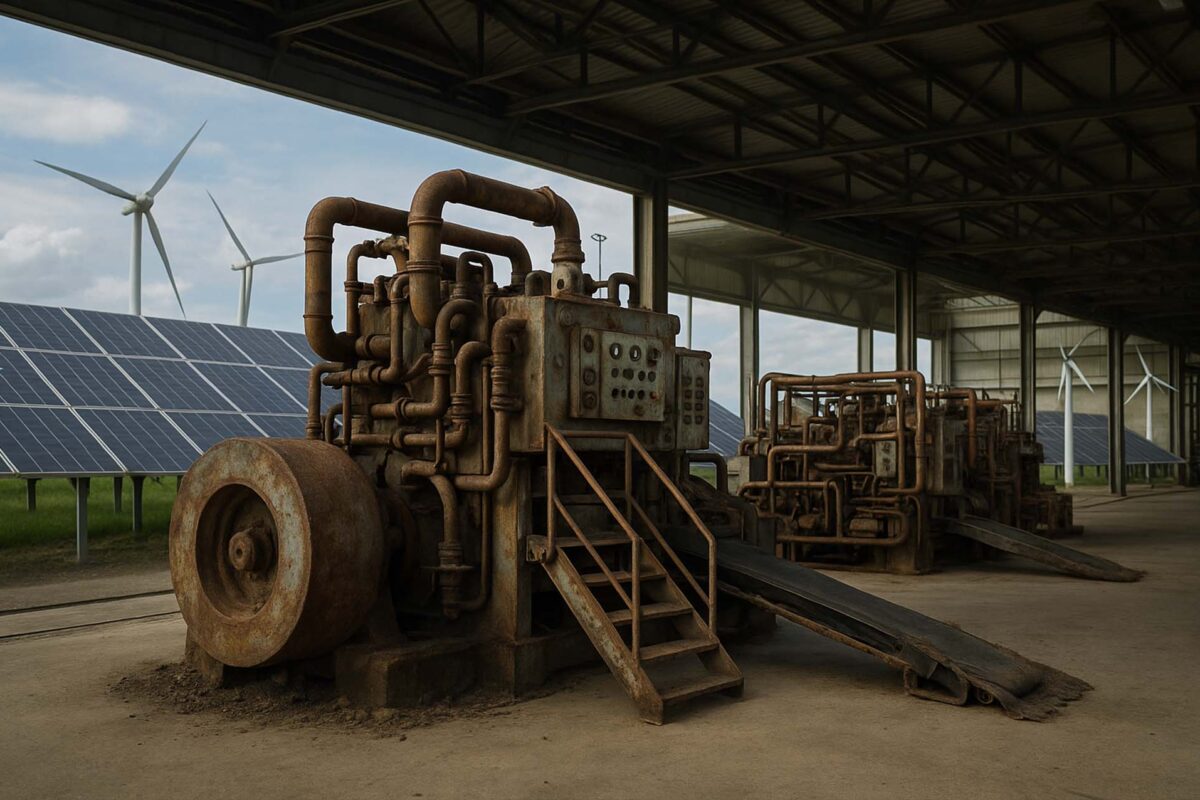The Unseen Impact of Soft Services on Workplace Experience
Rethinking Soft Services: Beyond Cleaning & Comfort
When people think of workplace infrastructure, they often visualise towering buildings, cutting-edge tech, and sleek conference rooms. But very few pause to consider the invisible ecosystem working quietly behind the scenes — the soft services.
From the first cup of tea served in the morning to the sanitized surface you work on, soft services are the unseen backbone of every productive workplace. At Supreme Facility Management Limited, we’ve learned that these aren’t just services. They’re experiences in disguise.
Cleanliness That Speaks Without Words
A well-maintained office doesn’t just look good — it builds trust. Supreme’s mechanized housekeeping services ensure consistent hygiene with high-efficiency equipment, eco-safe chemicals, and trained professionals who clean with both precision and purpose. The result? Fewer sick days, higher morale, and a workspace people feel proud to be in.
Pantry Services: Where Care is Served Daily
Pantry and F&B services are more than a caffeine break; they’re a moment of comfort in a hectic day. Whether it’s a timely tea round or a spotless cutlery station, these touches create a hospitality culture that enhances employee satisfaction. At Supreme, our pantry professionals are trained to deliver not just refreshments, but reliability.
Helpdesk & Mailroom: The Office’s Control Tower
While they rarely get credit, helpdesk and mailroom operations quietly ensure that the workplace stays functional, connected, and supported. From resolving facility issues to managing document logistics, these services power the back-end flow of front-end excellence.
Guest House Management: Extending the Brand Experience
Every visitor, vendor, or employee staying at your guest house carries back a memory. Our guest house management teams focus on cleanliness, comfort, and communication — turning a stay into an experience that mirrors the values of your organisation.
Landscaping & Ambience: The Psychology of First Impressions
Before your receptionist says hello, your lawn already did. Well-maintained green spaces aren’t just aesthetic — they influence perception, reduce stress, and improve brand image. Supreme’s landscaping services combine visual harmony with sustainable practices to make every entrance impactful.
At Supreme Facility Management Limited, we believe soft services are no longer “support” — they’re strategic enablers of performance, culture, and reputation. It’s time we gave them the attention they’ve always deserved.






